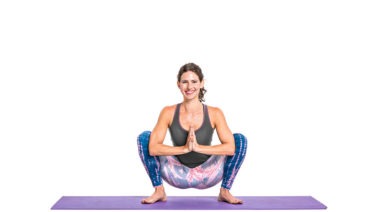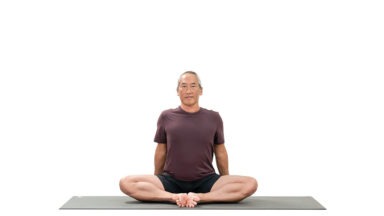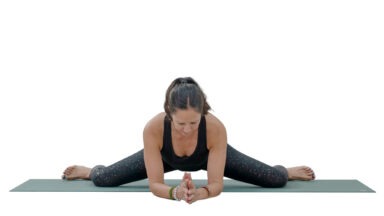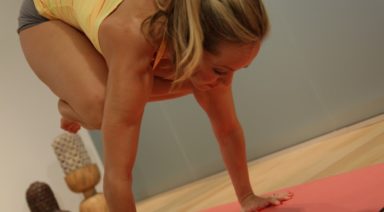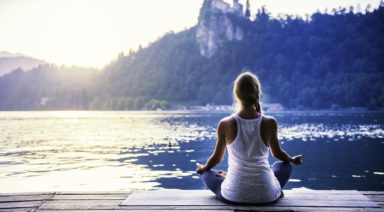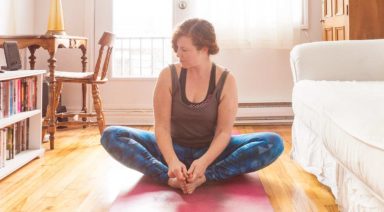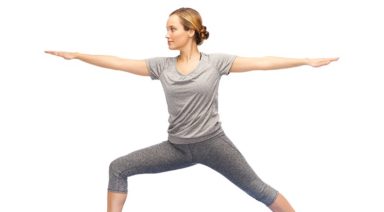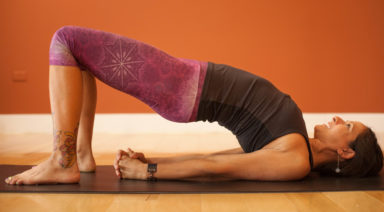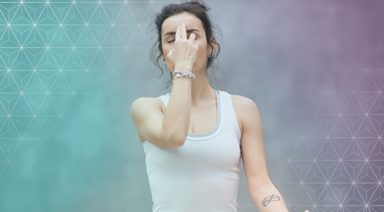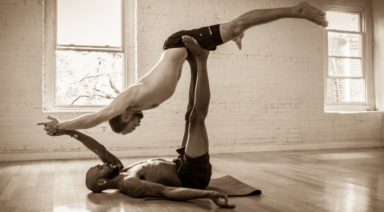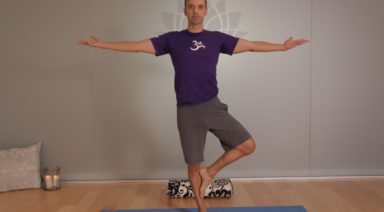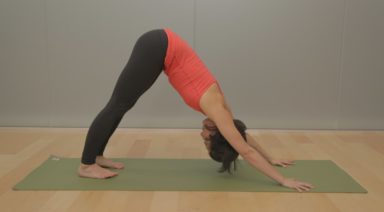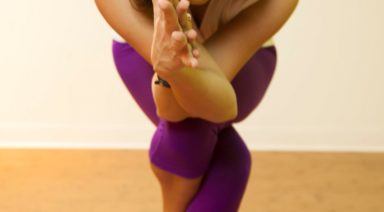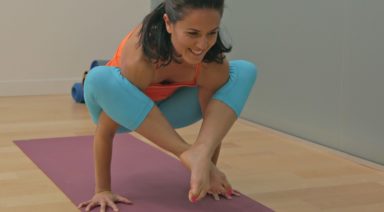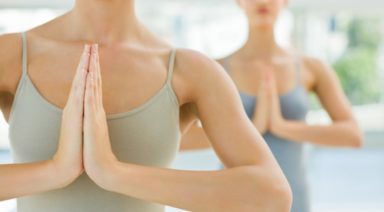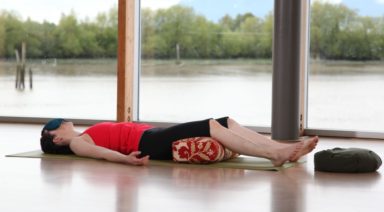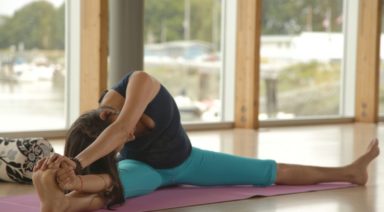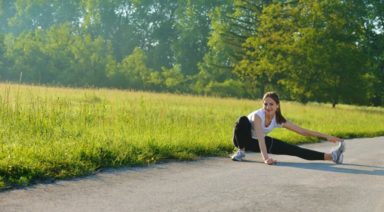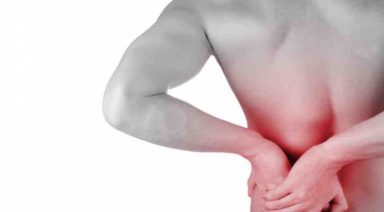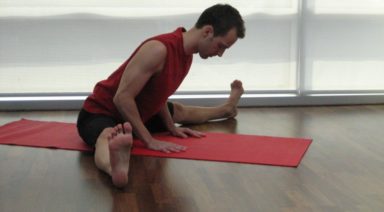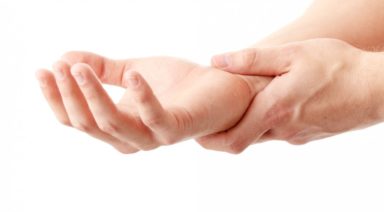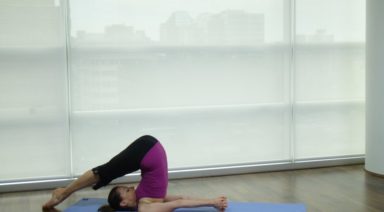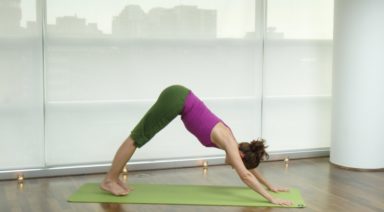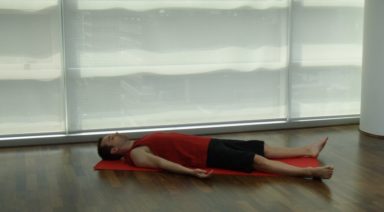Eka Hasta Bhujasana: Elephant’s Trunk Pose
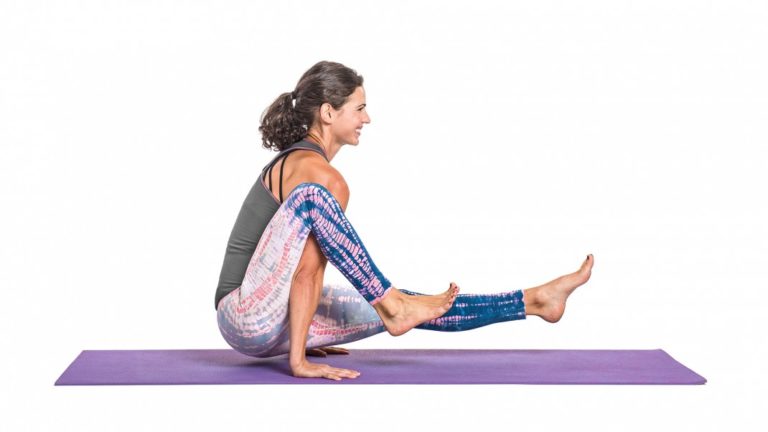
Eka hasta bhujasana (Eh-kah Ha-stah Boo-JAS-ah-nah) is a unique arm balance that stabilizes the pelvic girdle while opening your hips, improving balance and coordination.
SANSKRIT:
- Eka: one
- Hasta: hand
- Bhjua: shoulder
- Asana: pose
PHILOSOPHY AND ORIGIN:
In general, yoga asanas help us bring together distracted or wayward energies, forging them together into an integrated, coherent state. Arm balance poses like elephant’s trunk pose help to connect our lower and upper extremities, awakening a direct and naturally centered energy in the pelvis and navel area. This energy can then be drawn into the higher centers of our bodies, such as the heart, throat, and mind.
PHYSICAL BENEFITS:
- Strengthens your arms and shoulders
- Opens your hips
- Stabilizes your pelvic girdle
PREPARATORY POSES:
- Staff pose | Dandasana
- High to mid plank | Chaturanga dandasana
- Boat pose | Navasana
SEQUENTIAL POSES:
- Eight angle pose | Astavakrasana
- Compass pose | Parivrtta surya yantrasana
- Heron pose | Krounchasana
COUNTER POSES:
- Bridge pose | Setu bhandasana
- Supine hero’s pose | Supta virasana
- Bound angle pose | Baddha konasana
ADJUSTMENTS/MODIFICATIONS:
- Try lifting up with the lower leg tucked in rather than extended out in front.
- Place a block under your extended heel to help lift the leg.
STEP-BY-STEP:
- Begin seated with your legs out in front of you (dandasana). Bend your right knee toward your chest and place your foot on the ground.
- Tiptoe your right foot out to your right. Thread your right arm underneath your right knee and place your hand on the ground with the fingers pointing forward. Place your left hand on the ground outside your left hip on an equal plane with your right.
- Walk your right leg up your right arm until the crease of your knee comes to rest on your right triceps. Hug your leg into your arm and your arm into your leg. Keep the right knee bent and the right foot pointed.
- Press into your hands to lift your hips and left leg off the ground. Point both feet.
- Hold for 3-5 breaths, then gently release. Repeat on the other side.
###Legal Disclaimer Before participating in any exercise program or using any fitness products or services that may be described and/or made accessible in or through the Gaia Website and/or the Services, you should consult with a physician or other healthcare provider. Read more about Gaia’s Terms Of Use.
Malasana: Squat Pose or Garland Pose
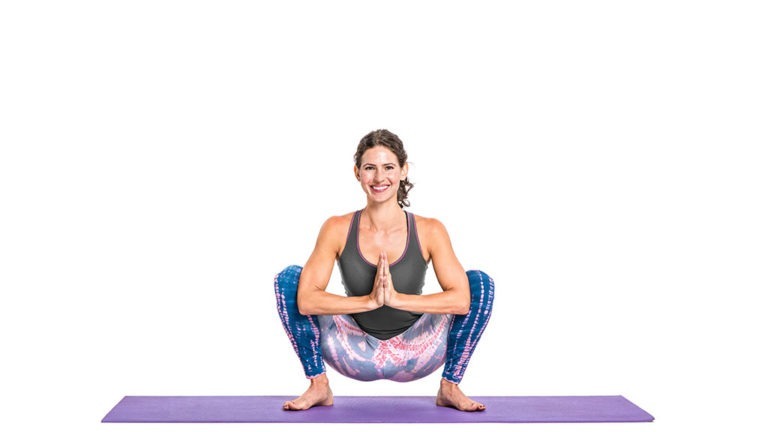
ADJUSTMENTS | BENEFITS | CONTRAINDICATIONS | MANTRA | MUDRA | PREP POSES | SANSKRIT | STEPS | TIPS
A great stretch for ankles and the lower back, Malasana (mahl-AH-sana), which is also referred to as Squat or Garland pose, opens the groin and tones the belly. While comfortable for some, Malasana can be difficult for others. Appropriate adjustments and modifications can help students enjoy the benefits of this posture while strengthening and opening the muscles needed to practice Malasana and other postures.
Philosophy + Origin
There are many beautiful attempts to defend the translation of Malasana as “Garland Pose.” While mala most commonly refers to a garland or rosary, many students have a difficult time understanding how this imagery applies to the pose. Some teachers argue that the shape of the body depicts the bead on a mala, or perhaps the arms look like a mala or garland hanging from the neck. Other teachers will use the story of how this posture is traditionally taken when receiving the gift of a garland from a spiritual teacher. While all very poetic, there’s another lesser-known understanding of Malasana that makes more sense. The word mala can also be translated as excrement. Considering the digestive benefits of this posture, it makes a lot more sense.


